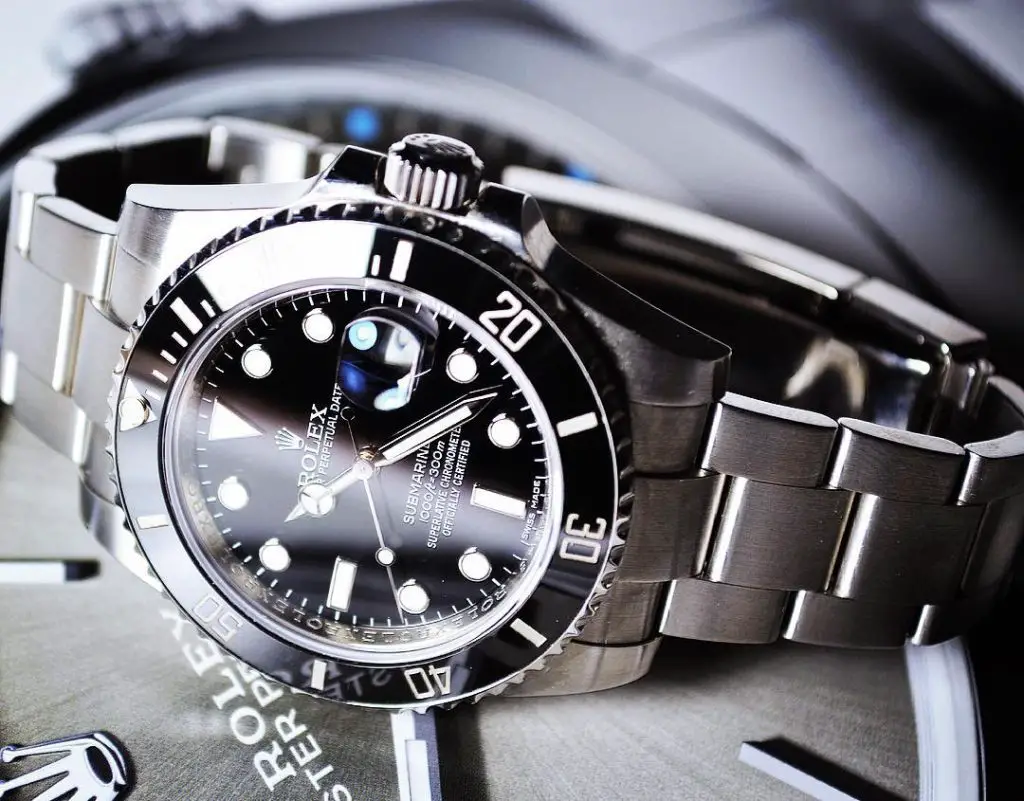When it comes to luxury watches, the Rolex brand is synonymous with elegance and quality. However, when it comes to how a Rolex watch works, the million-dollar question remains: does a Rolex watch have a battery?
- Do Rolex watches have batteries
- Benefits of automatic movement
- Potential downsides to automatic movement
- Why are automatic Rolex’s expensive?
- Famous automatic Rolex’s
- Other Rolex and watch guides
In this article from the experts at CALIBRE, we will discuss the different types of power sources used in Rolex watches, and take a deeper look into the movements that the most iconic Rolex timepieces feature.
Do Rolex Watches Have Batteries
In short, the answer to this question is both yes and no. While there are some models of Rolex watches that do have batteries (quartz movements), Rolex watches mostly use automatic movements and are known for having one of the most accurate movements on the market, hence the reputation that Rolex has earnt themselves.
Any Rolex watches produced after 2001 will not use a battery, as production of the only model to use batteries, the “Oysterquartz”, was stopped in this year. The Oysterquartz was first released in 1977 and boasted plenty of 70’s influence with a fairly square design, yet being synonymous with the usual design of the Oyster Perpetual. The Oysterquartz is one of the only Rolex watches that ticks due to its quartz movement. Read our full guide on whether Rolexes tick.
Rolex’s power source
Apart from the Oysterquartz, all Rolex watches are now powered by an internal mechanism consisting of intricate gears and springs known as an automatic or mechanical movement. This type of movement relies on kinetic energy rather than electricity to function and can keep ticking as long as there is sufficient motion in its environment. This means that you will never need to replace or recharge a battery!
How does Rolex’s automatic movement work?
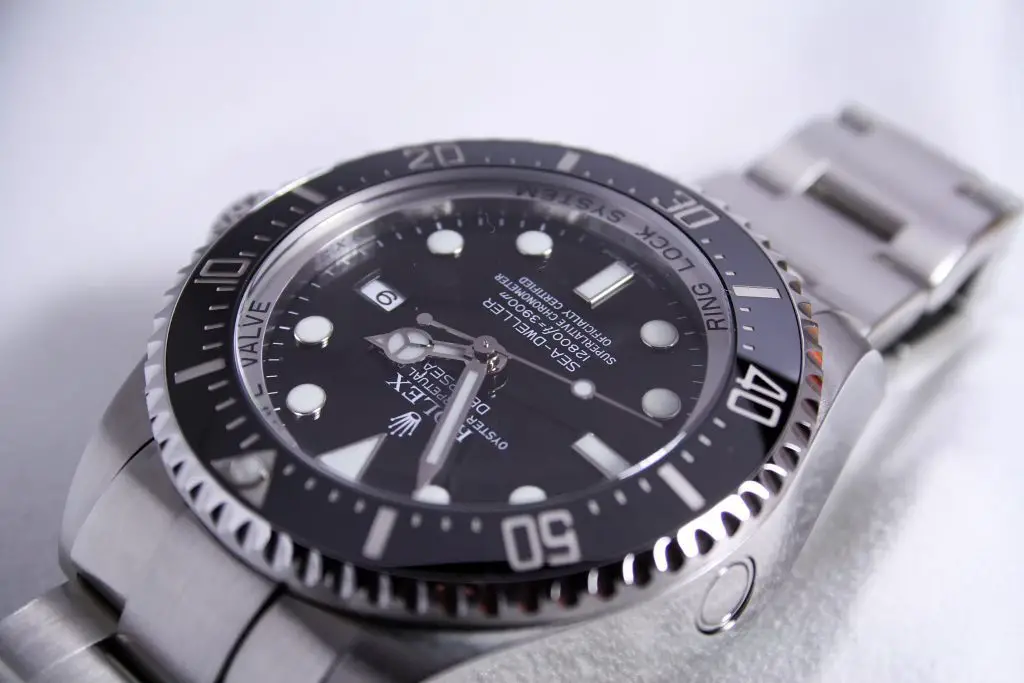
The inner workings of a Rolex are complex but also intricate and precise. To understand how Rolex’s automatic movement works, it’s important to know that all watches’ caliber movements consist of three main parts, the gear train, escapement, and balance wheel.
The gear train is composed of several wheels driven by the mainspring, which gradually reduces the energy from the mainspring towards the escapement. The escapement then regulates this uniform release through a series of vibrations called ‘ticks.’ It is powered by an oscillating weight inside the case that rotates with wear on your wrist as you move around throughout your day. This motion winds up an internal spring barrel which provides power to all mechanical functions within the watch.
How does quartz movement work?
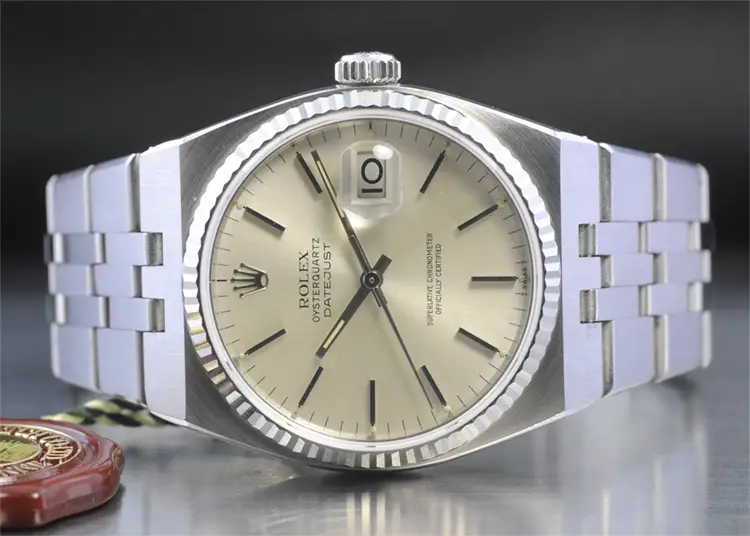
Quartz movement works by using an electronic oscillator regulated by a quartz crystal to keep time. The quartz crystal is a tiny sliver of quartz that vibrates when electricity runs through it, creating a precise frequency. This regular vibration keeps time accurately and consistently, making quartz movement watches reliable and accurate.
The power for the watch comes from a small battery that supplies energy to the quartz crystal. The battery sends an electrical current through the crystal, which creates thousands of vibrations per second. These vibrations cause the gears inside the watch to move precisely and accurately, keeping the time accurate and consistent over long periods of use (up to several years with proper care). When the battery runs low, it just needs to be replaced by a technician for your watch to continue working properly.
Benefits of No Battery (Automatic Movement)
One main benefit is that owners of an automatic movement watch do not need to worry about replacing or recharging batteries, which can be expensive and require frequent maintenance depending on usage. Additionally, these watches are more durable than their battery-operated counterparts due to the lack of small parts that are present in quartz movements.
The mechanism used in an automatic movement watch features fewer moving pieces, ensuring superior performance over extended periods of use without needing service or repairs. Automatic watches also tend to hold their value for longer than quartz timepieces.
Potential Downsides to Automatic Movement
Whilst there aren’t many downsides to automatic movement, as it is appreciated by most enthusiasts all over the world, one potential downside of an automatic watch is they typically cost more than its quartz counterparts due to its complexity and additional craftsmanship required during production. Therefore, if you just want a watch for the aesthetic or branding and aren’t interested in the horological side of things, maybe quartz movement is better suited to you.
The second and most obvious downside to automatic movement is that you need to keep the watch moving to keep it powered. However, if it does run out of steam, all you need to do is wind the watch and reset the date (which isn’t a massive downside).
Why are Automatic Rolexes Expensive?
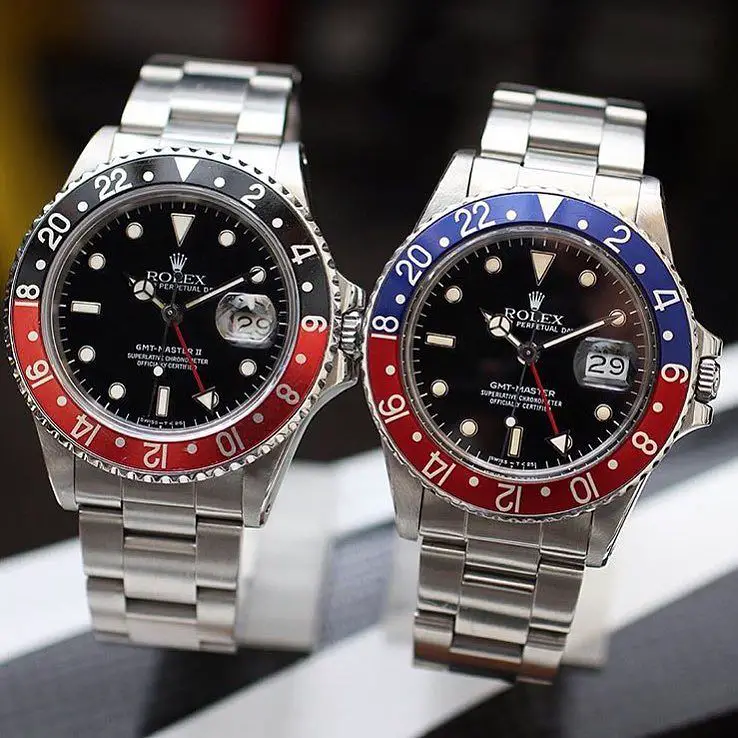
Automatic Rolex watches are some of the most sought-after timepieces in the world, and they come with a hefty price tag. But why are they so expensive?
It all starts with craftsmanship. Each Rolex watch is meticulously crafted to exacting standards. From start to finish, hundreds of components must be assembled by hand, and no detail goes unnoticed. This attention to quality ensures that each finished product is exceptionally precise, reliable, and long-lasting.
Another factor driving up prices is rarity. Certain models may only be available for a limited time or in limited quantities, making them highly collectible and therefore more expensive than other models. The availability of these watches can also be affected by the price of raw materials used in their production, such as steel, gold, or platinum, which can fluctuate depending on market conditions.
Famous Automatic Rolexes
Here is our favourite sample of famous Rolex automatic watches that have set the standard for luxury watches over the years.
Rolex Submariner Date
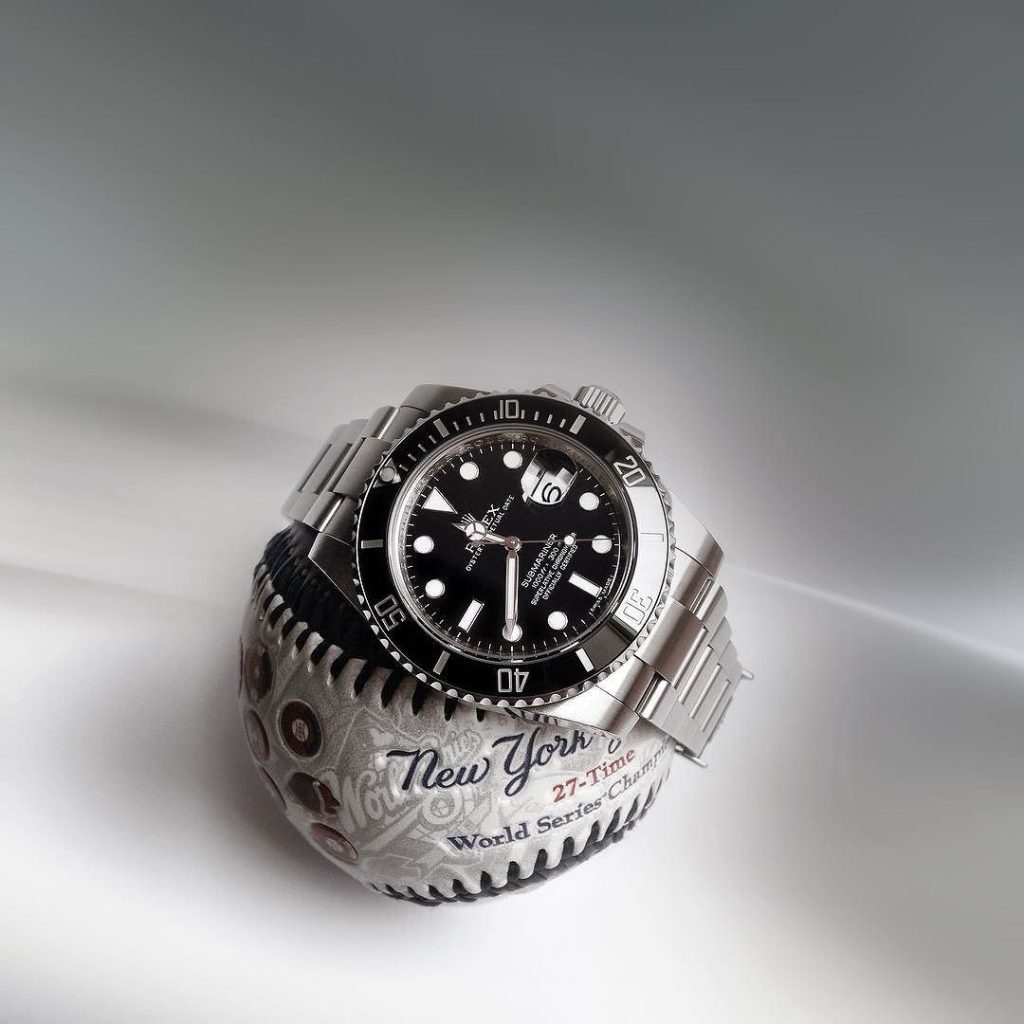
The Rolex Submariner offers a timeless design that is both functional and beautiful. This piece has been around since 1954 and continues to captivate wearers around the world with its classic yet modern appeal. With its sleek dial, stainless steel case, and bracelet, this iconic timepiece exudes sophistication. Its refined style makes it just as suitable for dressing up as it is for casual occasions, and this classic dive watch features a unidirectional rotating bezel, luminous hands and markers, and a date window at the 3 o’clock position. It also boasts water resistance up to 300 meters, making it perfect for any aquatic adventure.
Rolex Datejust

The Rolex Datejust has been a symbol of sophisticated style since 1945, with its classic design and timeless appeal. Its durable construction ensures you’ll be able to enjoy its beauty for years to come. The main attraction to the Rolex Datejust is whether you prefer a traditional or modern look, this watch can accommodate your style with its range of classic finishes.
Rolex Daytona

The Rolex Daytona is an iconic timepiece designed for legendary performance. Its reliable movement and superior construction make it one of the most trusted luxury watches in the world. For those who demand precision and style, it’s a perfect choice. Boasting a distinctive and stylish design, the Rolex Daytona is available in a range of different metals and colors, allowing you to find the perfect watch to match any outfit or occasion. With its chronograph functions, you can measure time with precise accuracy down to milliseconds, which makes this piece ideal for professionals in motorsports or any other activity where precise timing is essential.
